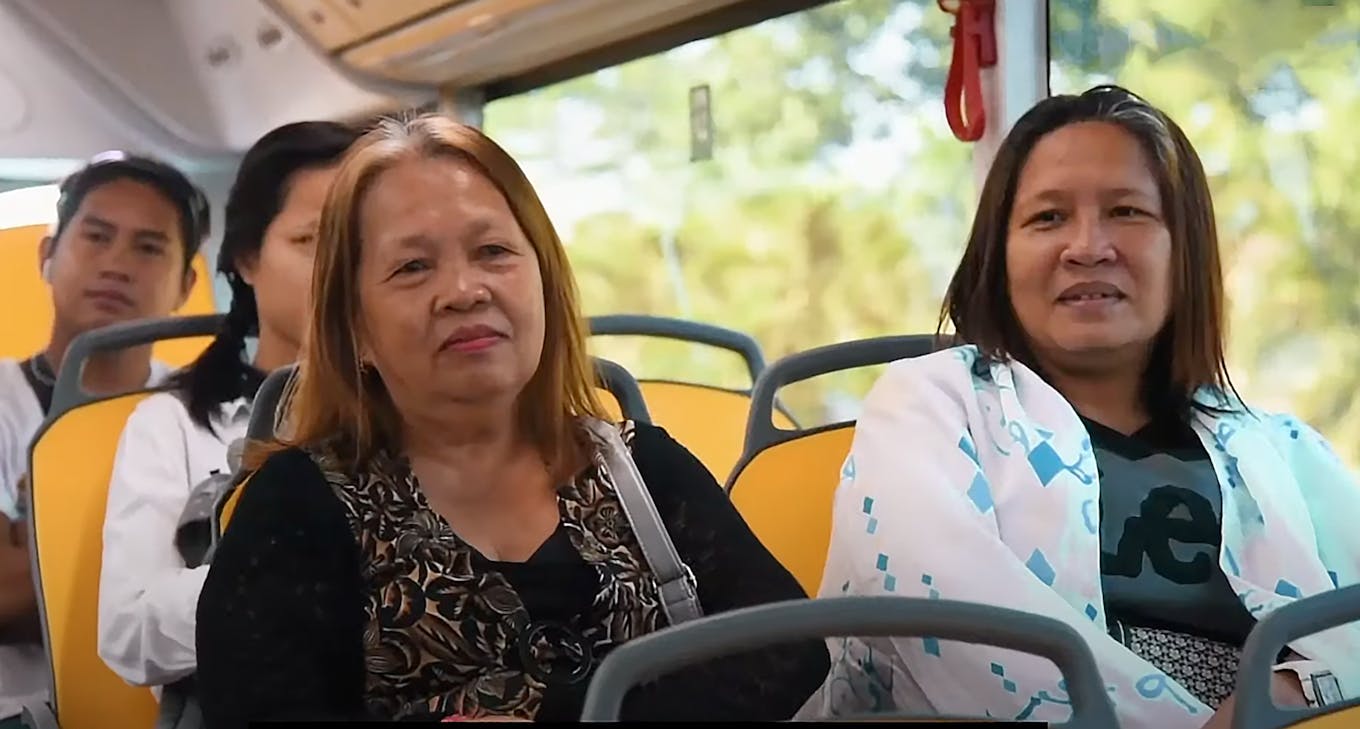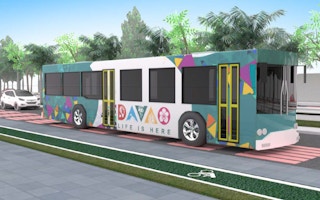It is 5am and Cherry Palileo is battling rush hour traffic.
To continue reading, subscribe to Eco‑Business.
There's something for everyone. We offer a range of subscription plans.
- Access our stories and receive our Insights Weekly newsletter with the free EB Member plan.
- Unlock unlimited access to our content and archive with EB Circle.
- Publish your content with EB Premium.
There is still three hours before she needs to be at the office, but to beat the traffic gridlock that plagues Davao City daily, she wakes up extra early – first to drop off her 8-year-old son at school before she travels to work.
Palileo is an employee at a multinational company. For many city-dwellers like her whose workplaces are located at the heart of Davao, the third most populous metropolitan area in the Philippines, after Metro Manila and Cebu, morning commutes are always uncomfortable and inefficient. It does not help that Palileo’s family home is farther in the outskirts of the metropolis.
“Just five minutes late and we will not be able to get a ride on the public vans,” said the 40-year-old. “People have to run to beat each other for space on the limited number of vehicles that [travel to the city and] pass through our town. No one gives priority to women like me who are travelling with children.”
This could change in 2025, when a fleet of electric buses is expected to begin operations in the city.

Women commuters riding a bus in Davao City, Philippines: RVTM
The Davao Public Transport Modernisation Project aims to have 1,100 buses, half of which will be electric-powered, while the rest will be Euro 5-standard diesel-fuelled buses. Among commuters who will benefit from the expected overhaul, almost half are women.
Facilities on the buses include seating, wheelchair bays, as well as low floors for easy boarding and alighting for women with children, persons with disabilities, and the elderly.
Installed 24-hour closed-circuit television (CCTV) can also help prevent harassment of vulnerable groups like women and members from the lesbian, gay, bisexual, transgender and queer (LGBTQ) community.
According to the plan, there will be 29 routes, covering 672 kilometres of road that will connect high-traffic areas from Davao City to Panabo City in the northern part of Davao province.
Around 1,000 bus stops with bright lighting and shelters, five bus depots and three bus terminals will be constructed as part of the transportation system.
The low-carbon buses will service about 800,000 passengers per day, reducing 60 per cent of annual greenhouse gas emissions, estimated the Asian Development Bank (ADB), which is loaning US$1 billion to the Philippines for the project – the multilateral bank’s first such project that looks at deploying electric bus fleets at scale in the country. The loan was approved late last month.
“The project is set to transform the quality of Davao City’s public transport and support the city’s rapid economic growth with a low-carbon and climate-resilient bus system,” said ADB senior transport specialist for Southeast Asia Shuji Kimura. “Not only will this support the Philippines’ climate goals, it will help to improve the lives of vulnerable populations especially women and the young who use public transport daily.”
Commuters like Palileo are hopeful for an easier daily route, especially since she said the company she works for has plans of moving their office building further into the north of the city by the end of the year, which will mean an even longer travel time for her and her son.
Palileo said: “I might have to find another job because the time and expenses for commuting might not be worth it. I thought we had a better quality of life living in Davao, but the congestion here is just as bad as that in Manila.”
The ADB has also said that its loan will cover a social development programme to “mitigate any adverse impacts and risks related to the restructuring of Davao City’s transport sector.”
In the Philippines, public transport modernisation can turn political if not managed well. In March this year, a seven-day jeepney strike threatened to cripple the commutes of thousands of people across the country, as drivers and operators protest against the looming phase-out of the traditional non-air-conditioned mini buses in favour of modernised vehicles.
Want more Philippines ESG and sustainability news and views? Subscribe to our Eco-Business Philippines newsletter here.










